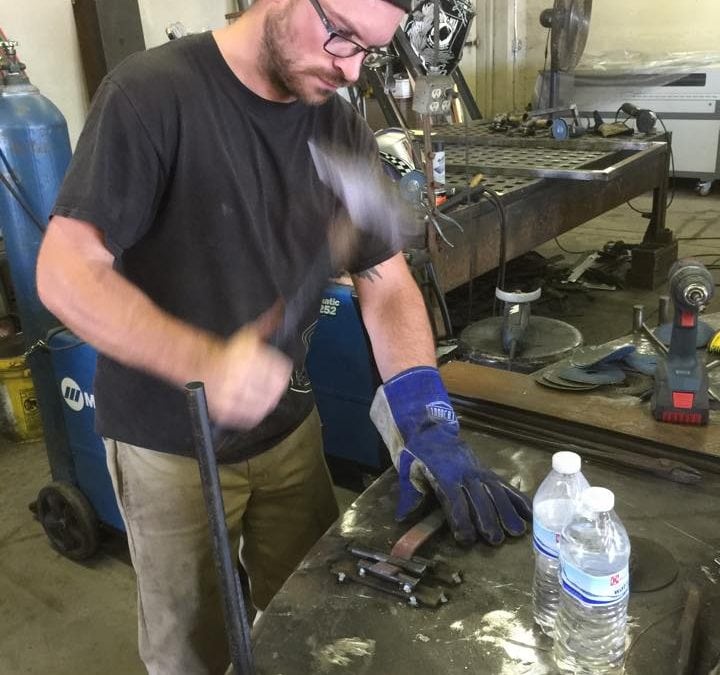Okay, so you got past my title pun and wonder what in the world this could be about? Truth be told, there’s a lot of safety products out there, and once you start building in the public eye, you get the array of commentary from the peanut gallery telling you to wear everything but a bullet proof vest to do your work. Yes, safety gear is important in the shop, but more important is your knowledge of the tools you are using and what PPE to use and not to use. Gloves are a prime example. They can hurt you just as much as help you.
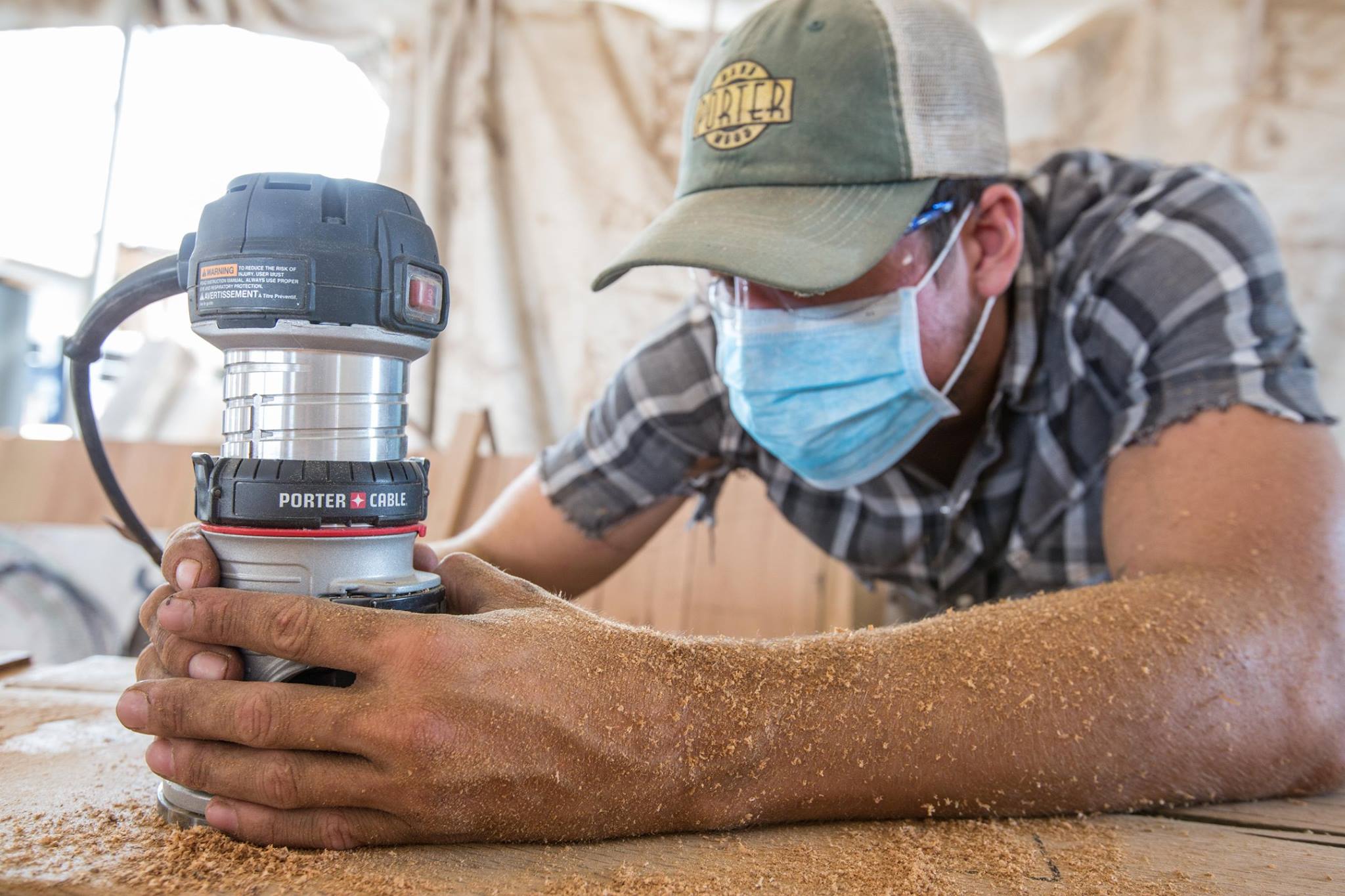
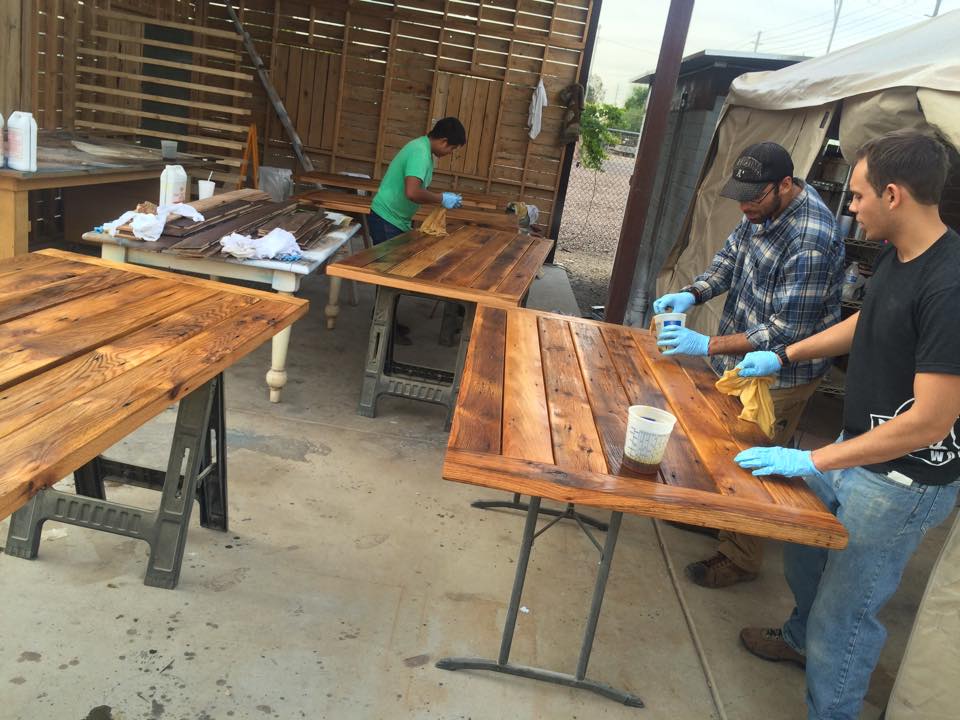
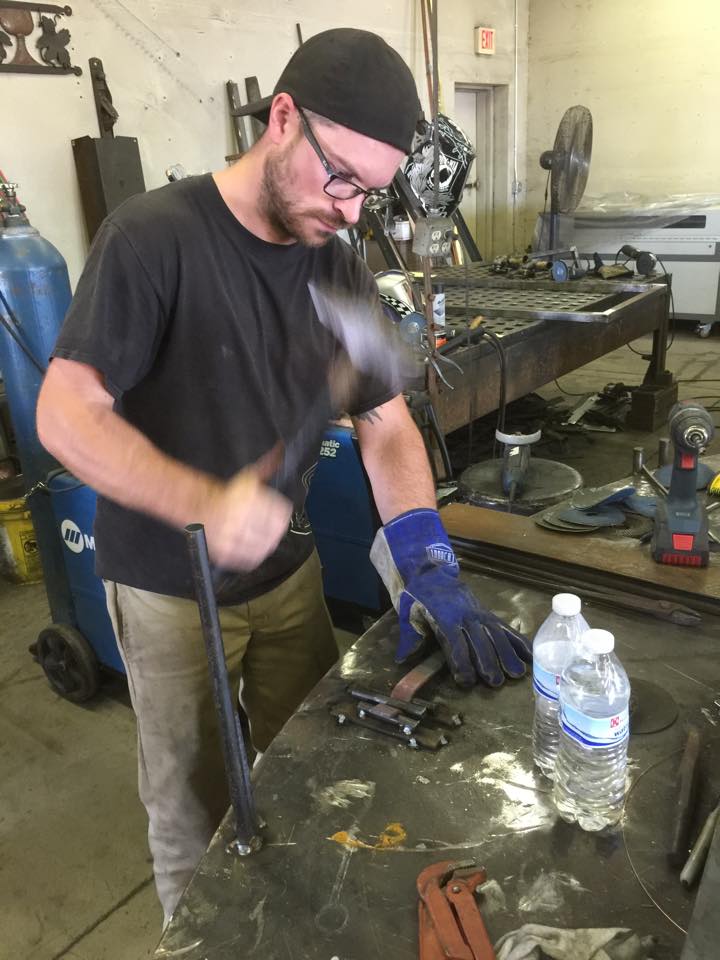
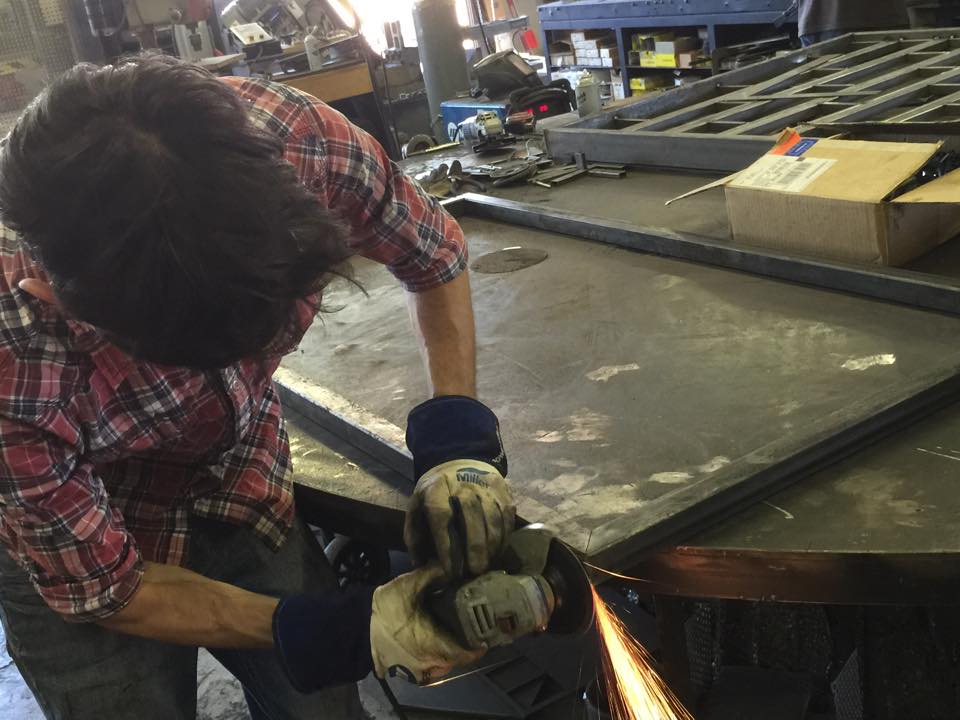
When to use and not use gloves:
Metalworking: Of course you need gloves when metalworking. Protecting your skin from flying bits of carbon and molten metal when using welders, grinders, sanders, and other tools is helpful to make sure you don’t end up with body problems you can’t grow back. However, it may surprise you to know that blacksmiths don’t wear a glove on their hammering hand. Reason being, the response of the hammer and the sensativity required to properly handle the hammer is difficult with a glove on. It is generally common to see “Left Hand Only” glove sets for blacksmiths. The type of gloves you use are important too. There are many types, and they vary greatly in price and performance. Tig welders, for instance, use a much more delicate glove than most stick/mig welders. They also typically use little finger shields for added protection from the heat.
Finishing: You may think that the paste wax, lacquer or poly you are using is pretty safe, but you might want to take a look at the ingredients list on the back label again before you think that means to get all over your hands. Any time you are applying a finish you need to be wearing gloves that block them completely. The chemicals that are use to apply finish are typically poisonous, eye/skin irritants, or just plain bad for you to absorb. They are a necessary evil for most of us, but that doesn’t mean you need to subject yourself to them without protecting your skin. It is always a good idea to use proper gloves when applying finishes. The rest of your PPE is a good idea too, like eye protection and respirator.
Woodworking: It may surprise you to know that most professional woodworkers don’t wear gloves. This is just a generalization, of course, but there’s a good reason why many craftsmen who use power tools don’t use them… they’re dangerous. I’ve responded before to people who’ve seen pictures of my guys with safety glasses, ear protection, and even masks, but no gloves while running things through a table saw, jointer, or larger industrial machinery. Why? When you use gloves around woodworking machinery you are not as spatially aware. Gloves are not on us 100% of the time, and we don’t have nerves in them like our skin. Sure, if you run bare handed through a jointer or a table saw you run the risk of cutting off a portion of a finger or scraping off some skin if you do it improperly, but imagine how awful it would be if the machine grabbed on to that thick leather and dragged your whole arm in! This happened to an old teacher of mine when I was a child and I’ll never forget seeing the pinned up dress-shirt sleeve on his right arm. You see, he was working on a machine and he was wearing gloves. The gears for the infeed took ahold the glove tip. It slowly fed his hand in to the machine because the glove had tightened around his fingers like a Chinese finger trap, and he lost everything from just below the shoulder joint after it ripped it off. Had he not been wearing gloves he would have escaped with a scraped finger tip. So sure, wear gloves to avoid splinters while you’re loading lumber in your truck or cleaning up the shop, but next time you think about using them around your power tools remember that gloves can be clumsy and that can be very dangerous. Do yourself a favor and build some manly calluses. Be safe! Follow your machine’s operating instructions and safety guidelines, but take those glove comments from your friends with a grain of salt. It’s not always the best practice. In some cases it’s the worst. There is plenty of OSHA documentation about accidents that happen because of gloves or loose fitting clothing while using machines with rotating blades or feed heads, etc. Be safe!
***Disclaimer: Please consult all safety guides and operating instructions for your machines and products. Wear proper PPE at all times.
About the Author

Thomas Porter
Owner
Thomas is an Arizona native, artist, and man of many talents. He founded Porter Barn Wood in 2010 and Porter Iron Works in 2012. He has since become an industry leader in reclaimed materials in Arizona and has worked with builders across the country to provide custom unique furnishings and materials in both commercial and residential applications. Thomas and his wife Emy have two children and live in Phoenix, AZ.

